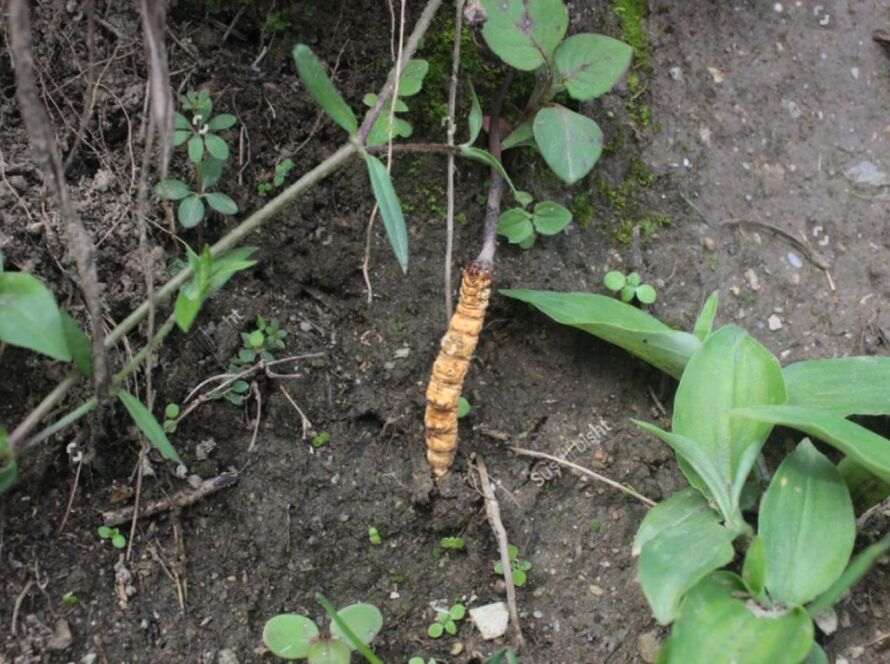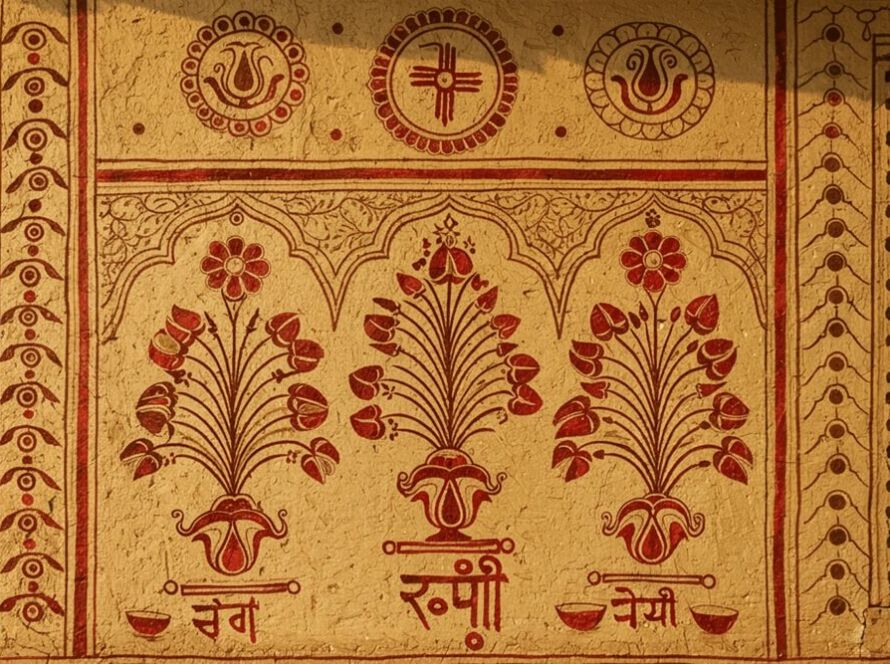Uttarakhand, often referred to as Dev Bhoomi (Land of the Gods), is not just known for its spiritual charm and natural beauty—it also boasts a rich and lesser-known culinary heritage. Among its gastronomic treasures are the famous sweets of Uttarakhand, deeply rooted in local traditions and made using indigenous ingredients like jaggery, khoya, and millets.
Unlike the mainstream desserts found across India, Uttarakhand traditional sweets have a distinct rustic charm that reflects the simplicity and purity of the hills. Whether you’re a traveler, a food lover, or just curious about regional Indian cuisine, here are the top 5 sweets of Uttarakhand that deserve a place on your 2025 foodie bucket list.
Why Are Uttarakhand Sweets So Unique?
Sweets in Uttarakhand are not just food—they’re culture. From festivals and weddings to temple rituals and village gatherings, traditional sweets hold deep emotional and spiritual value across Garhwal and Kumaon.
One major reason behind their uniqueness is the use of local, unprocessed ingredients. Instead of refined sugar and artificial additives, you’ll often find jaggery, ghee, khoya, barnyard millet (jhangora), and even wild leaves used for wrapping. This not only enhances the taste but adds a layer of nutritional value to these desserts.
As the state becomes more popular among offbeat travelers, Uttarakhand desserts to try are making their way onto food tourism lists. Let’s explore the top 5 sweets that define the region’s sweet tooth.
5 Famous Sweets of Uttarakhand
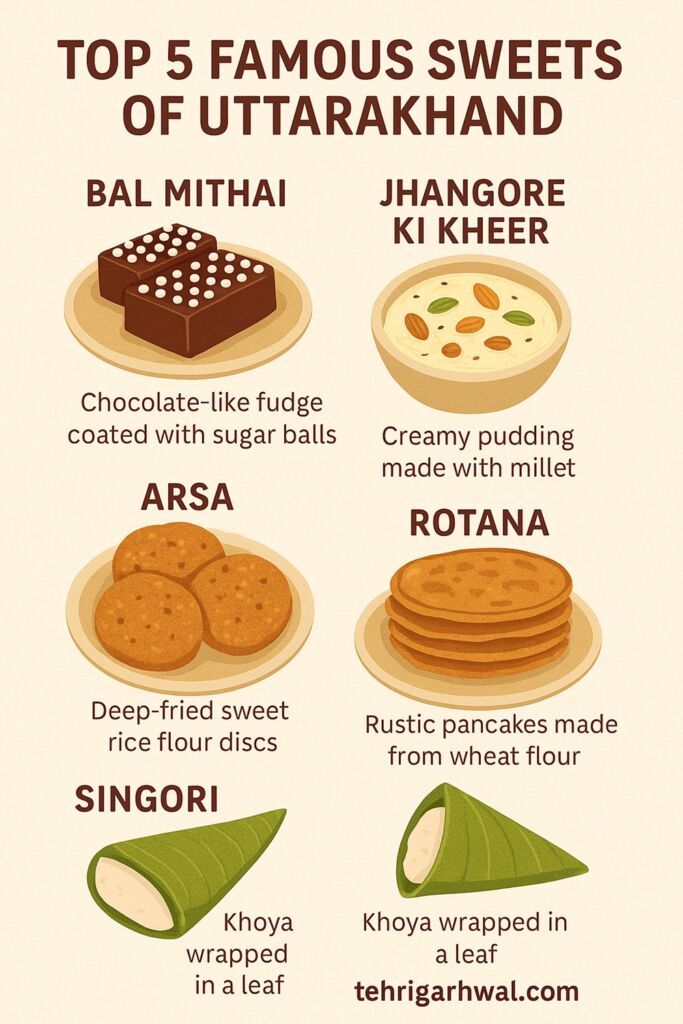
1. Bal Mithai – The Chocolate of the Hills
Bal Mithai is arguably the most famous sweet of Uttarakhand, with its origins deeply embedded in the cultural heart of the Kumaon region, especially Almora. Loved for its rich, fudgy texture and crunchy sugar-coated exterior, Bal Mithai is more than a dessert—it’s a local legend.
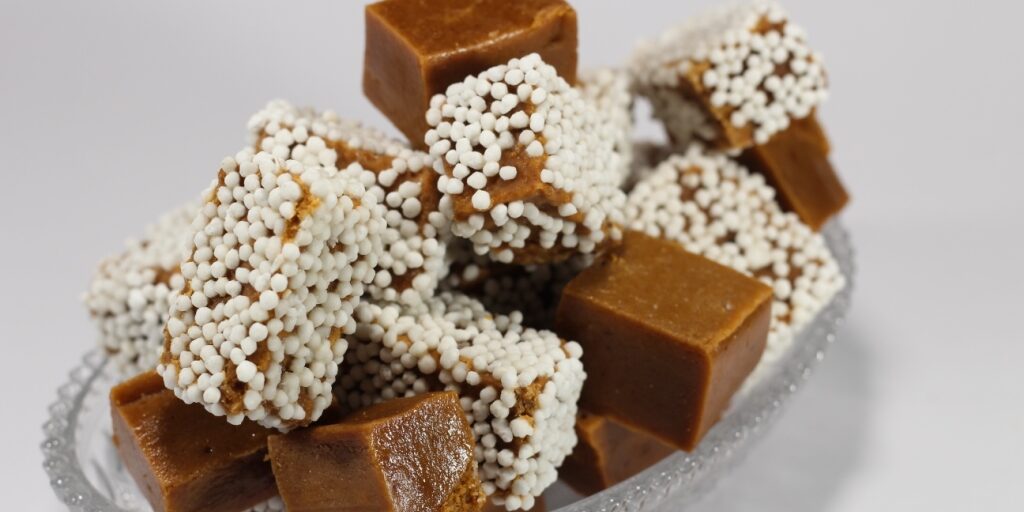
🍫 A Sweet Like No Other
Bal Mithai is made by cooking khoya (milk solids) over a low flame until it turns into a thick, deep brown fudge, resembling chocolate in both appearance and richness. Once cooled, it’s cut into rectangular pieces and coated generously with white sugar balls (tiny sugar-coated poppy seed-sized pellets)—giving it a signature look and crunch.
Did You Know: “Bal Mithai is often compared to chocolate barfi”
🏔️ A Slice of Kumaoni Heritage
Originating in the Almora district, Bal Mithai has become symbolic of Kumaoni pride. Whether it’s a wedding, religious offering, or tourist souvenir, this sweet is always in demand. Local sweetmakers have preserved the traditional method of preparing Bal Mithai for generations.
🌟 Why Bal Mithai is Iconic
- Distinct taste: Deep caramel flavor with rich milky notes and a slight grainy texture.
- Unique appearance: Brown fudge covered in white sugar balls makes it visually distinctive.
- Cultural significance: Often gifted during festivals like Diwali, Holi, and Basant Panchami.
- Travel-friendly: Long shelf-life and non-sticky packaging make it easy to carry across distances.
🛒 Where to Buy It
Bal Mithai is best found in Almora, Haldwani, and Nainital, with Almora’s Lala Bazaar being the most iconic place to sample authentic, traditionally-made Bal Mithai. Many shops ship it across India for those who crave a nostalgic bite.
Taste Profile: Rich, dense, and slightly nutty
Quick Bal Mithai Recipe:
Roast khoya on low heat until it turns brown, mix in sugar, cool and shape into blocks. Roll in sugar balls to finish.
2. Singori – Wrapped in Tradition
Singori, also known as Singauri, is one of the most iconic traditional sweets of Uttarakhand, especially cherished in the Kumaon region. What sets this delicacy apart is not just its unique taste but also its presentation—wrapped in the aromatic maalu (mallu) leaf, which adds a distinct fragrance and flavor to the sweet.
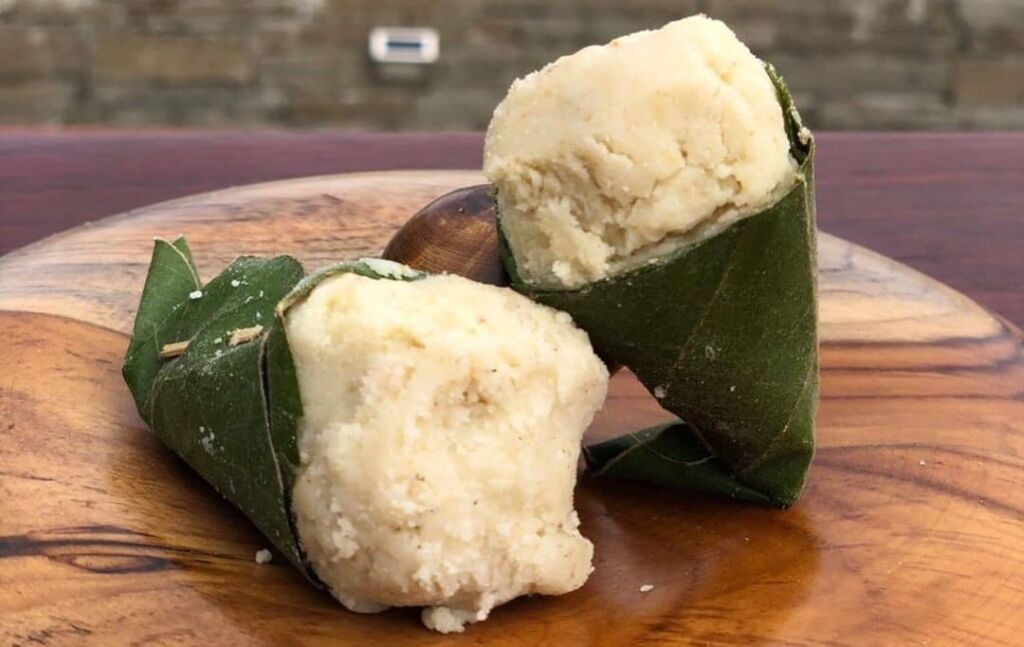
🍃 A Taste Wrapped in Tradition
Singori is made from khoya (thickened milk solids) and coconut, sweetened with sugar and gently cooked to the perfect texture. The mixture is then rolled into a cone or semi-cylindrical shape and carefully wrapped in fresh maalu leaves, known for their herbal aroma. These leaves are not edible but act as a natural preservative and aromatic enhancer.
🏞️ Rooted in Kumaoni Culture
This sweet has deep roots in the festivals, fairs, and cultural gatherings of Uttarakhand. Whether it’s a family function, temple offering, or local haat (market), Singori always finds a special place. In Almora, it’s sold fresh in local sweet shops and even gifted as a symbol of love and tradition.
🌿 Why Singori Stands Out
- Natural packaging: Eco-friendly leaf wrap makes it sustainable.
- Flavor profile: Mildly sweet, creamy with a hint of earthy fragrance from the leaf.
- Cultural identity: A proud symbol of Kumaoni culinary heritage.
- Shelf-life: Due to the maalu leaf, it stays fresh for a few days without refrigeration—making it ideal for travel and gifting.
🛍️ Where to Find It
You can find the best Singori in Almora, Ranikhet, and nearby towns. Many local confectioners prepare it fresh in the morning, and it’s often sold out by noon.
Taste Profile: lightly sweet, aromatically spiced, and earthy
How to Make Singori at Home:
- Reduce khoya with sugar and a pinch of cardamom.
- Shape into small cones or cylinders.
- Wrap in malu leaves (or betel leaves as a substitute) and let them set.
The result? A portable, naturally wrapped dessert with rich flavor and cultural nostalgia.
3. Jhangore ki Kheer – The Millet Delight
Jhangore ki Kheer, made from barnyard millet (locally known as jhangora), is a traditional sweet dish from Uttarakhand known for its rich taste, nutritional value, and simplicity. This creamy dessert is especially popular during festivals, religious occasions, and family gatherings.
🏞️ Why It’s Special:
- Locally Sourced Ingredient: Jhangora is a millet grown in the cool, high-altitude regions of Uttarakhand. It’s gluten-free and packed with calcium and fiber.
- Cultural Significance: The dish holds a sacred place in local festivities and is often prepared as an offering during religious rituals.
- Healthy & Wholesome: Unlike refined desserts, this kheer is considered easy to digest and full of energy, making it ideal even for elders and children.
Did You Know?: Jhangora is a traditional crop of the Himalayas, cultivated by local farmers for generations.
🥄 Preparation Highlights:
- The millet is soaked and slow-cooked in milk until it turns soft and creamy.
- It is flavored with cardamom, dry fruits, and a hint of ghee.
- Often sweetened with jaggery or sugar depending on the household recipe.
Taste Profile: Creamy, mildly sweet, and nutty
Why It’s Special:
- Gluten-free and easy to digest
- Holds a strong place in Uttarakhand’s festival foods
- Loved by locals for its simplicity and health benefits
Simple Recipe:
Boil jhangora in full-fat milk, add sugar, cardamom, and garnish with almonds and raisins. It thickens beautifully and is served warm or cold.
💡 Pro Tip:
For an even more authentic taste, cook Jhangore ki Kheer over a wood fire or in a thick-bottomed iron vessel. It enhances the flavor and adds a subtle smoky aroma.
4. Roat – Sacred Sweet Bread
Roat is a traditional sweet flatbread that holds a special place in Uttarakhand’s festive and religious celebrations. Made using coarse wheat flour (gehun ka atta), jaggery (gur), and ghee, Roat is not just a dessert—it’s a symbol of community, tradition, and spiritual offering.
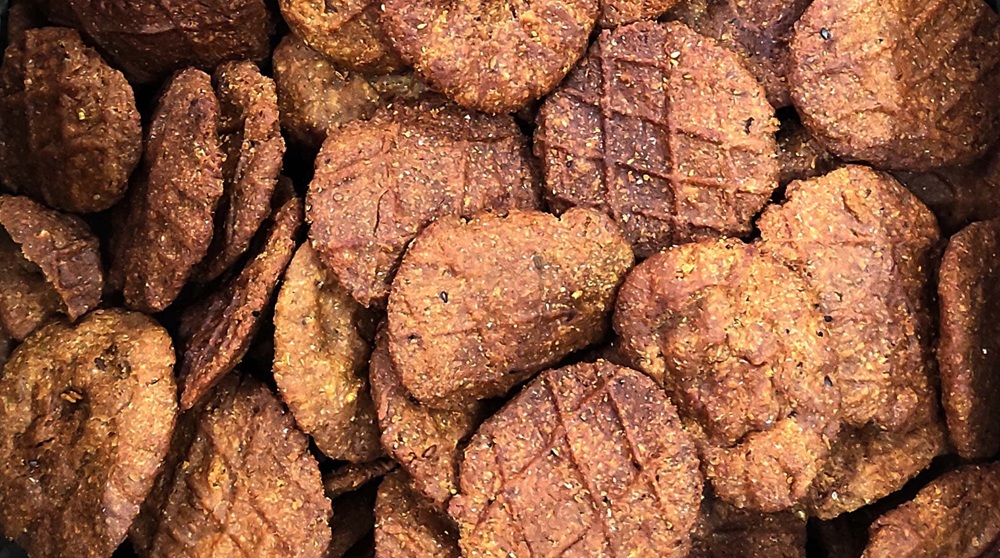
🌟 Key Highlights:
Modern Adaptation:
While the traditional Roat uses jaggery, some modern households replace it with brown sugar or even honey for a healthier twist.
Festive Significance:
Roat is prominently prepared during festivals like Harela, Bikhoti, and weddings. It is also offered in temples during pujas, especially in rural Garhwal and Kumaon households.
Unique Texture & Flavor:
Roat is thick, crisp on the outside, and soft on the inside. The dough is often infused with fennel seeds (saunf) or cardamom (elaichi) for added aroma and taste.
Cooking Method:
Traditionally cooked on an iron griddle (tawa) over a slow flame or baked in a clay oven, giving it a rustic and earthy flavor.
Cultural Value:
In Garhwal, Roat is associated with auspicious beginnings. It’s also exchanged among relatives and neighbors as a sign of goodwill during special occasions.
Taste Profile: Slightly sweet, grainy, and aromatic
Recipe Snapshot:
Mix whole wheat flour with jaggery syrup and ghee. Shape into discs and deep-fry slowly until golden brown.
More than just a sweet, Roat is a symbol of communal bonding and religious purity.
5. Arsa – The Sweet Heritage Of Uttarakhand
Arsa is one of Uttarakhand’s most iconic traditional sweets, deeply rooted in the culinary traditions of the Garhwal and Kumaon regions. It’s a festive delicacy often prepared during weddings, religious functions, and harvest festivals like Harela and Makar Sankranti.
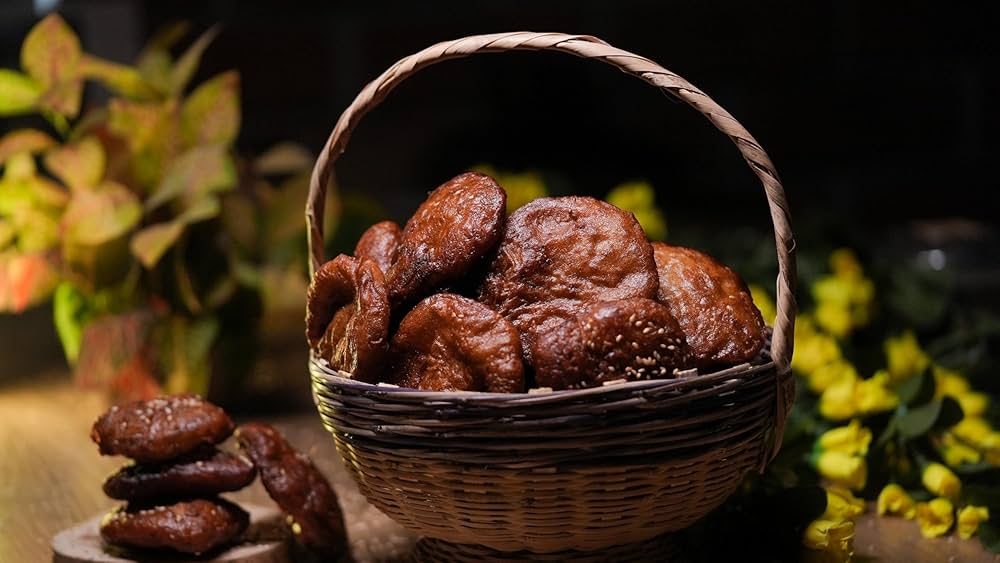
- Main Ingredients: Rice, jaggery (or sugar), mustard oil
- Region: Both Garhwal and Kumaon
- Occasion: Weddings, rituals, and harvest festivals
🌾 Why Arsa is Special
- Traditional Preparation: The rice is soaked overnight, ground into a fine paste, and mixed with melted jaggery. The dough is then deep-fried in mustard oil, giving Arsa its golden-brown crust and soft interior.
- Symbol of Prosperity: In local tradition, Arsa is offered to deities and distributed as prasad, symbolizing purity and gratitude.
- No Refined Sugar: The use of jaggery makes it a healthier alternative to many other sweets.
- Long Shelf Life: Because it’s fried and has no dairy, Arsa can be stored and carried easily—ideal for long travel or treks in the mountains.
✍️ Cultural Significance
In Uttarakhandi weddings, Arsa and Pua are traditionally prepared by the bride’s family and gifted to the groom’s family as a gesture of respect and goodwill. The sweet is not just food—it’s a token of love and tradition.
Taste Profile: Chewy inside, crispy edges, with a subtle jaggery flavor
Where Can You Try These Sweets?
If you’re planning a trip to Uttarakhand, here are the best places to buy or try these sweets:
- Almora: Head straight to heritage sweet shops for authentic Bal Mithai and Singori.
- Local Markets: Explore markets in Ranikhet, Pauri, or Srinagar for seasonal treats like Roat and Gulgula.
- Homestays & Food Trails: Many hosts serve home-cooked Jhangore ki Kheer and Gulgula during village stays.
Online food platforms like Swiggy and Zomato are also beginning to offer regional sweets in cities like Dehradun and Haldwani.
FAQs – Traditional Sweets of Uttarakhand
Q1. What sweets are famous in Uttarakhand?
Bal Mithai, Singhal, Jhangora Kheer, Arsa, and Rotana are among the most popular traditional sweets.
Q2. Where can I buy authentic Bal Mithai?
Almora is the best place to try authentic Bal Mithai, especially shops like Khim Singh Mohan Singh.
Q3. Are these sweets available outside Uttarakhand?
While some may be found in cities like Delhi or Dehradun during festivals, the most authentic experience is in Uttarakhand itself.
Q4. Are there gluten-free or healthy options?
Yes, Jhangora Kheer is a gluten-free sweet made from millet, and Rotana is jaggery-based with minimal processing.
🟢Bonus Tip: Try These Sweets on Your Visit
If you’re exploring Kumaon (Nainital, Almora, Pithoragarh) or Garhwal (Rishikesh, Dehradun, Uttarkashi)—make sure to try these local treats at small halwai shops or even homestays for the most authentic taste.
Final Thoughts
Uttarakhand’s sweets are more than just desserts—they are a celebration of heritage, storytelling, and sustainability. From the chocolate-like Bal Mithai to the sacred Roat and gluten-free Jhangore ki Kheer, each sweet brings its own history and charm.
Whether you’re exploring the hills or trying your hand at these recipes at home, 2025 is the perfect time to indulge in the top 5 famous sweets of Uttarakhand.
Plan your food trail, support local artisans, and let your taste buds discover the Pahadi way of sweetness.

